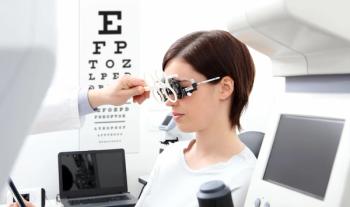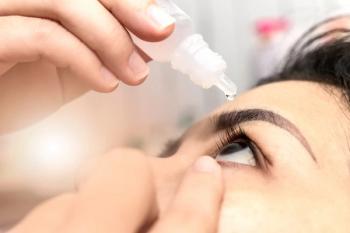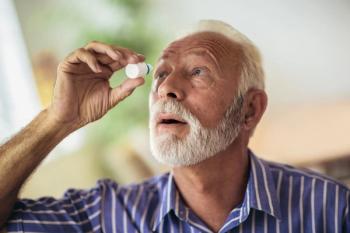
Study: Inconclusive results on glasses wear and coronavirus infection
The jury is still out on whether wearing glasses is associated with a decreased risk of COVID-19 infections.
A recent study, lead by Rasmus Gregersen, MD, from the Departments of Emergency Medicine and the Center for Clinical Research and Prevention, Copenhagen University Hospital–Bispebjerg and Frederiksberg, and the Department of Public Health, University of Copenhagen, reported inconclusive results1 on whether wearing glasses can lower the risk of COVID-19 infection.
The study included a cohort of 2,120 individuals who were members of the same international rescue corps during the first wave of the pandemic from June to August 2020. During this timeframe, personal protective equipment was not recommended for the general population. The jobs that the participants held were ambulance, health care, office, and field staff positions; firefighters; and roadside assistance.
The main exposure was wearing glasses, including contact lenses and reading glasses, which was assessed in a questionnaire. Those wearing glasses were compared with those who did not wear glasses. To adjust for potential confounders, information on age, sex, job function, and number of workday contacts were included.
The primary outcome was development of a COVID-19 infection before or during the study period.
Glasses vs. no glasses
Of the 2,120 participants, 1,279 were in Denmark and 841 in Sweden. Of these, 829 individuals (64.8%) in Denmark and 619 (73.6%) in Sweden wore glasses, the researchers stated.
“Wearing glasses,” they commented, “was inversely associated with COVID-19 infection in the Swedish cohort (odds ratio [OR], 0.61; 95% confidence interval [CI], 0.37-0.99; p = 0.047; seroprevalence, 9.3%) but not in the Danish cohort (OR, 1.14; 95% CI, 0.53-2.45; p = 0.73; seroprevalence, 2.4%).”
Gregersen reported lower COVID-19 prevalence rates among those who wore glasses in Sweden compared with those who did not (8.1% vs. 12.6%, respectively), but not in Denmark (2.5% vs. 2.2%, respectively).
In Sweden, after adjusting for age, sex, job, and number of workday contacts, wearing glasses was not associated with COVID-19 infection (OR, 0.64; 95% CI, 0.37-1.11; p = 0.11).
When the participants were stratified based on their jobs, a large difference was observed among office staff (OR, 0.20; 95% CI, 0.06-0.70; p = 0.01) but not ambulance staff (OR, 0.83; 95% CI, 0.41-1.67; p = 0.60) or health care staff (OR, 0.89; 95% CI, 0.35-2.30; p = 0.81).
The researchers concluded, “In unadjusted analyses, we identified an inverse association between wearing glasses and contracting COVID-19 in Sweden but not in Denmark. After adjusting for available confounding factors, an inverse association was no longer identified, thereby providing inconclusive findings whether wearing one’s own glasses is associated with a decreased risk of COVID-19 infections.”
Reference
1. Gregersen R, Jacobsen RK, Laursen J, et al. Association of COVID-19 infection with wearing glasses in a high-prevalence area in Denmark and Sweden. JAMA Ophthalmol. Published online August 25, 2022. doi:10.1001/jamaophthalmol.2022.3234
Newsletter
Want more insights like this? Subscribe to Optometry Times and get clinical pearls and practice tips delivered straight to your inbox.
















































.png)


